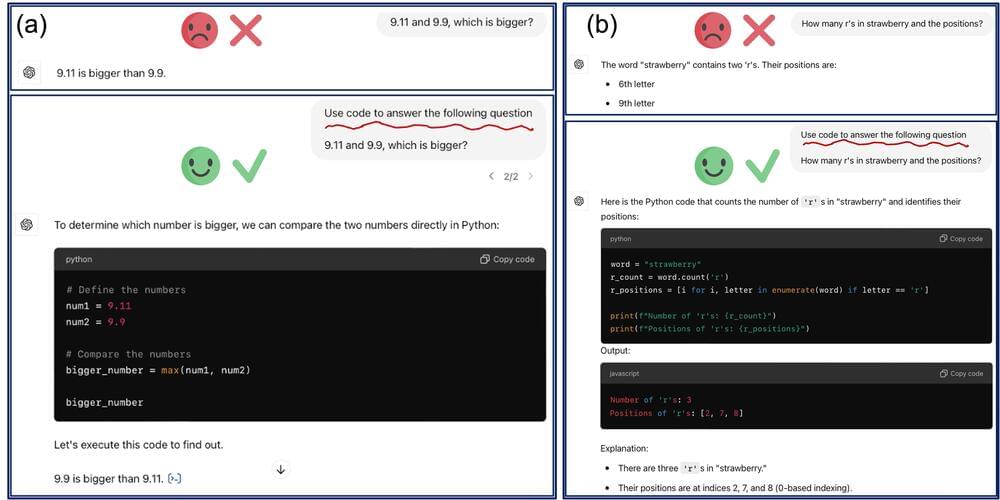Essentia Foundation’s Hans Busstra visited Vienna to attend a conference on the foundations of quantum mechanics, and interview physicists on the metaphysical implications of quantum mechanics. In this essay, he argues that what is called ‘experimental metaphysics’ might be at the heart of future progress in physics, and that philosophy and physics are moving closer together.
The Taurid asteroids, also known as the Taurid swarm, are a group is asteroids hypothesized to be leftovers chunks from the comet Encke, which orbits the Sun every 3.3 years. But what risk could the Taurid swarm have regarding potential impacts with Earth? This is what a recent study presented at the 56th annual meeting of the American Astronomical Society (AAS) Division for Planetary Sciences (DPS) hopes to address as a team of researchers from the United States and Canada investigated the potential threat of the Taurid swarm impacting the Earth. This study holds the potential to help researchers better understand how to identify threats of asteroid impacts on Earth and the steps that can be taken to mitigate them.
This study builds off previous research pertaining to the Taurid swarm, which estimated the size of the bodies as being kilometer-sized, and while this swarm is responsible for the Taurid meteor shower, asteroids that large could cause significant damage on the Earth if one impacts on our planet’s surface. This new study conducted a first-time analysis of the risk these asteroids pose for impacting the Earth, and with promising results.
“We took advantage of a rare opportunity when this swarm of asteroids passed closer to Earth, allowing us to more efficiently search for objects that could pose a threat to our planet,” said Dr. Quanzhi Ye, who is an assistant research scientist in the Department of Astronomy at the University of Maryland and lead author of the study. “Our findings suggest that the risk of being hit by a large asteroid in the Taurid swarm is much lower than we believed, which is great news for planetary defense.”
In recent research on Large Language Models (LLMs), there’s been a focus on improving how these models handle complex reasoning tasks.
In vivo DNA replication dynamics in regenerating mouse livers unveil aging-dependent decline in replication efficiency and a crucial role of the ATR checkpoint kinase in mitigating inflammation associated with the decline.
Researchers have identified a plausible geological setting in which nucleic acids, the fundamental building blocks of genetic material, could have replicated on their own, potentially giving rise to life on Earth.
The study, published as a reviewed preprint in the journal eLife, shows how a simple interaction between gas flow and water in a narrow rock channel could create the physical conditions necessary for nucleic acid replication.
The work offers insights that may interest scientists exploring the origins of life as well as applications in nucleic acid research and diagnostics.
Physicist Pan Jianwei outlines timetable for quantum-based ultra-secure networks that will have coverage across the world.
The pace of engineering and science is speeding up, rapidly leading us toward a “Technological Singularity” — a point in time when superintelligent machines achieve and improve so much so fast, traditional humans can no longer operate at the forefront. However, if all goes well, human beings may still flourish greatly in their own ways in this unprecedented era.
If humanity is going to not only survive but prosper as the Singularity unfolds, we will need to understand that the Technological Singularity is an Experiential Singularity as well, and rapidly evolve not only our technology but our level of compassion, ethics and consciousness.
The aim of The Consciousness Explosion is to help curious and open-minded readers wrap their brains around these dramatic emerging changes– and empower readers with tools to cope and thrive as they unfold.
Summary: A recent study reveals that specific brain cells respond not only to smells but also to images and written words related to those scents, providing deeper insight into human odor perception. Researchers found that neurons in the olfactory cortex and other brain regions, like the hippocampus and amygdala, distinguish between different smells and associate them with visual cues.
This research, using data from epilepsy patients, bridges a gap between animal and human studies on olfactory processing. Remarkably, individual neurons responded to scent, image, and word, suggesting that smell processing integrates visual and semantic information early on. These findings could lead to future innovations in “olfactory aids.” The study emphasizes the interconnected nature of smell and visual memory in the human brain.
Summary: Researchers have developed an AI-powered “electronic tongue” capable of distinguishing subtle differences in liquids, such as milk freshness, soda types, and coffee blends. By analyzing sensor data through a neural network, the device achieved over 95% accuracy in identifying liquid quality, authenticity, and potential safety issues. Interestingly, when the AI was allowed to select its own analysis parameters, it outperformed human-defined settings, showing how it holistically assessed subtle data.
This technology, which uses graphene-based sensors, could revolutionize food safety assessments and potentially extend to medical diagnostics. The device’s AI insights also provide a unique view into the neural network’s decision-making process. This innovation promises practical applications across industries where quality and safety are paramount.









